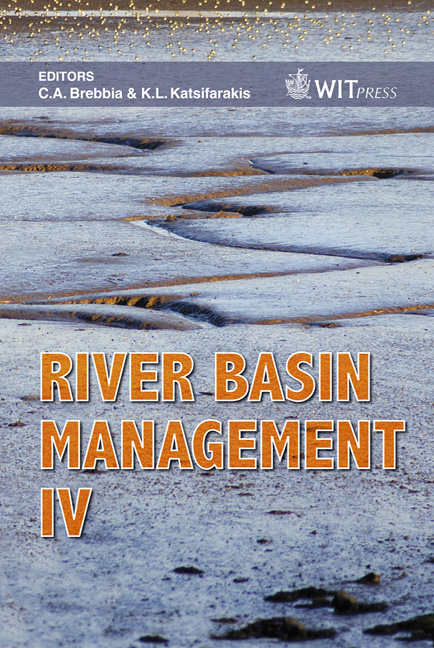Mitigation Of Flood Hazards In Japan
Price
Free (open access)
Transaction
Volume
104
Pages
11
Published
2007
Size
346 kb
Paper DOI
10.2495/RM070261
Copyright
WIT Press
Author(s)
M. Takezawa, H. Gotoh & Y. Takeuchi
Abstract
In recent years, there have been instances of unusually heavy rain in Japan, including rainfall in excess of 200 mm/day. The aim of flood-control planning in Japan since 1945 has been to confine river water to within riverbanks and to ensure that levees protect river basins from flooding. In many rivers, dams were constructed in upstream areas and long levees were built along the riverbanks. The main aim of flood-control planning is to prevent the flooding of river basins by the over-flow of river water across riverbanks; however, as rainfall prediction has recently become difficult because of the effects of global warming, the main emphasis of flood-control planning has shifted from prevention to providing areas of refuge. Flood hazards must be dealt with by ‘hard measures’ such as levees and reservoirs, and ‘soft measures’ such as the provision of hydrological information, regulation of land use, and evacuation advice. In 2001, the Japanese Government made it mandatory for all regional bodies to compile and distribute flood-hazard maps to inform inhabitants of the danger of flooding and the locations of sites of refuge for all inhabitants. It is difficult to provide residents with complete protection from flooding hazards. Many people in Japan live alongside rivers, and Japanese culture has long encompassed wet-rice cultivation. Communities have always lived under the threat of flooding, but the profitability of river water makes it preferable to live close to a river even if flooding occurs at times of heavy rain. In this paper, we describe measures taken to mitigate flood hazards and present a number of case studies. Keywords: flood hazard, mitigation, flood control, rainfall, river basin.
Keywords
flood hazard, mitigation, flood control, rainfall, river basin.





